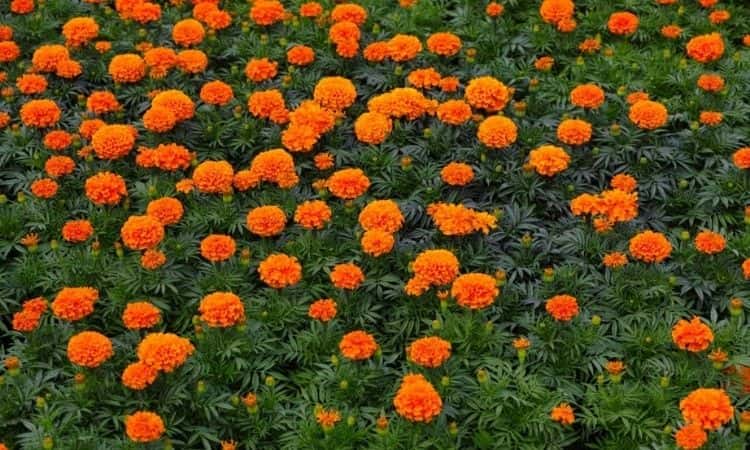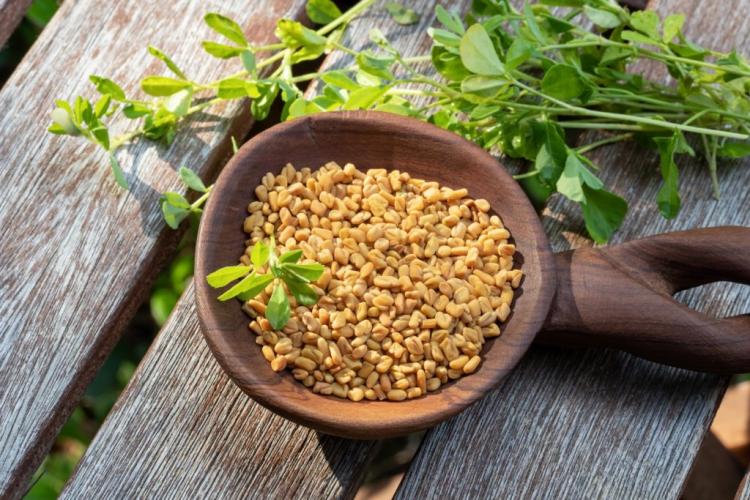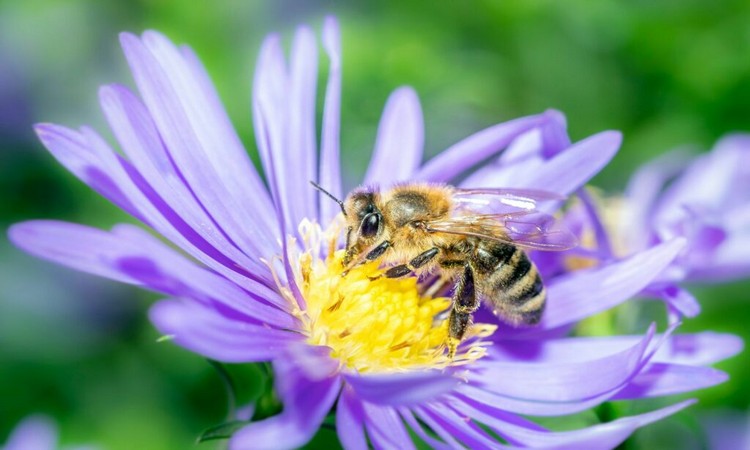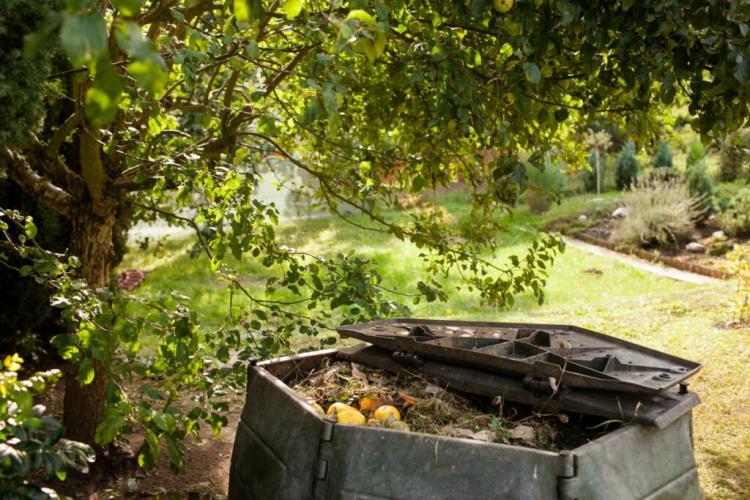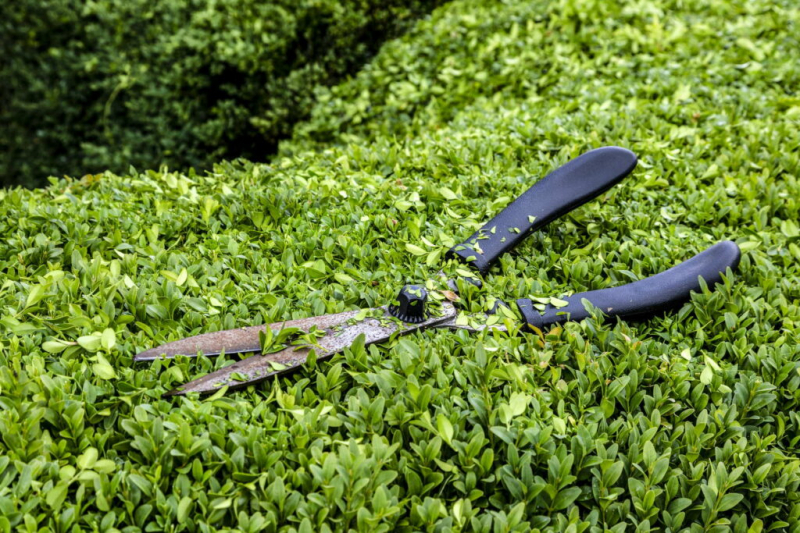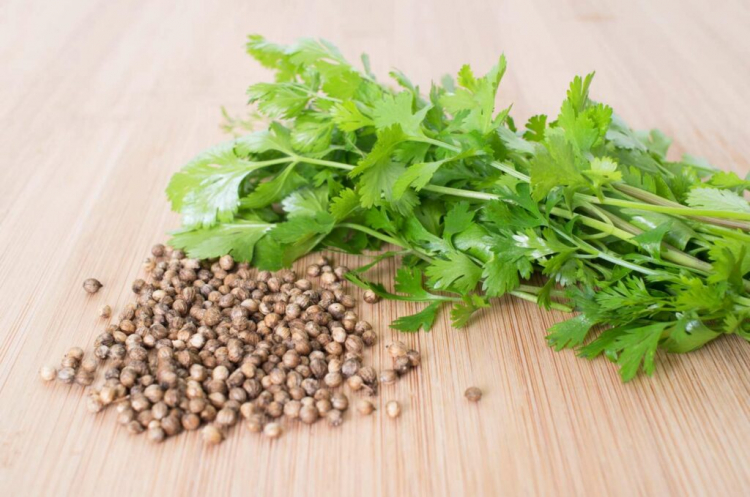Insect Friendly Flowers: For A Buzzing Garden And Balcony
Flowers are not only a feast for the eyes and noses but also an important source of food for insects. Which insect-friendly flowers are suitable for garden and balcony, you can learn here.
What would a garden be without flowers? The colorful plants can be found in almost every garden and on every balcony and enchant us with their beauty and with their wonderful scent. Insects are also fascinated by the colorful flowers, after all, they form an important food source.
But unfortunately, more and more insect-unfriendly plants are found in the garden: Cultivated roses block the way for insects with their double blossoms so that they cannot reach the nectar. Forsythia is even sterile and offers the beneficial insects no food at all – so it happens that the insects cannot find a suitable habitat despite the splendor of the blossoms.
If you want to take action against this, you can actively help: Numerous native flowers are not only insect-friendly but also beautiful to look at. Here we tell you which insect-friendly flowers should not be missing in the garden.
Insect-friendly spring flowers
Table of Contents
Early bloomers are especially important for insects, as they provide the first source of food after the harsh spring. Some of the most insect-friendly flowers include the following.
Spring crocus (Crocus vernus)
The spring crocus is one of the first spring bloomers and is particularly popular with bees.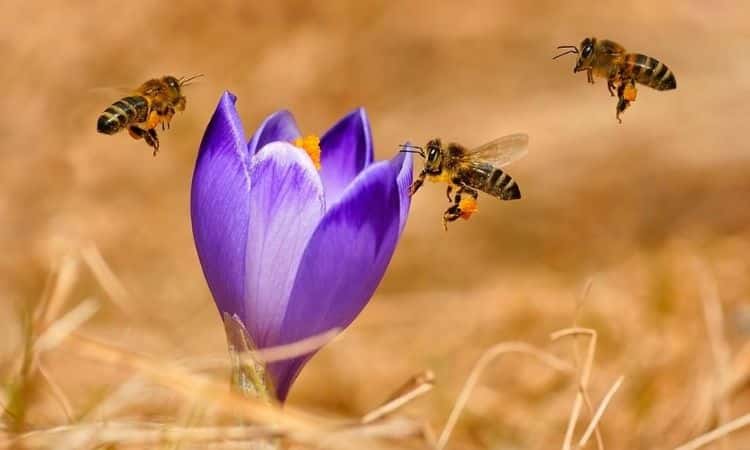
Daisy (Bellis perennis)
With its extremely long flowering period from the beginning of February to the end of October, the daisy is one of the most insect-friendly flowers. Although the flower provides little pollen and nectar, its long bloom can make it an important food source during gaps in the insect population.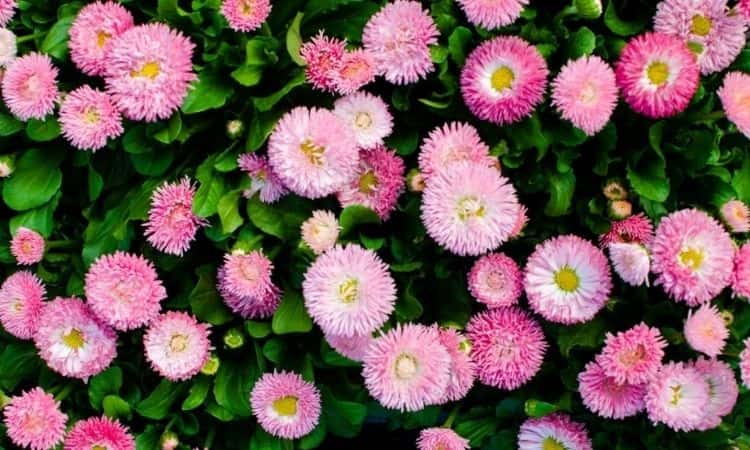
Golden violet (Erysimum cheiri)
Whether on the balcony or in the flower bed, golden violet attracts bees and other beneficial insects with its sweet honey scent. From April to June, the plant’s flowers provide nectar and pollen.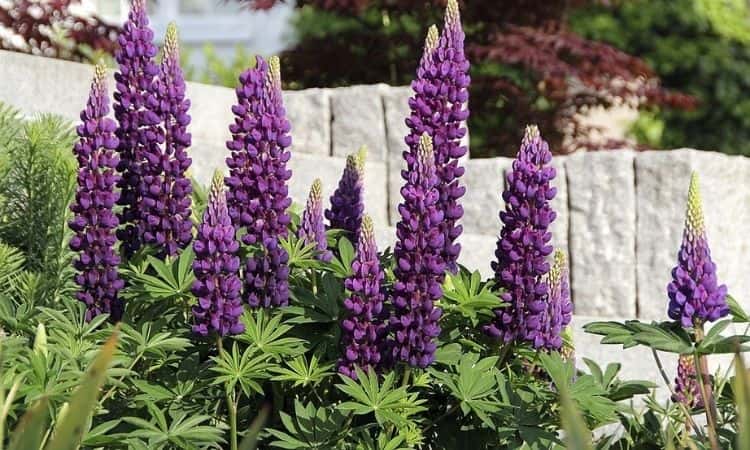
Coneflower (Echinacea angustifolia)
With its bloom from March to April, the coneflower is a welcome spring bloomer that bees especially like to fly to.
Snowdrop (galanthus)
With a bloom that can start as early as January, the snowdrop is one of the first early bloomers and thus particularly interesting for insects. Its pollen is gratefully accepted, especially by smaller species of wild bees.
Star hyacinth (Scilla sect. Chionodoxa)
Star hyacinth begins to bloom as early as February, making it one of the insect-friendly flowers. It is especially popular with bees and bumblebees.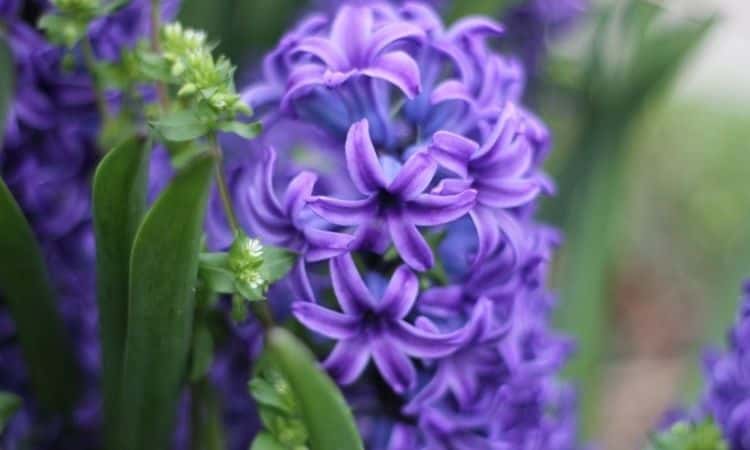
Winterling (Eranthis)
With its early flowering from late January to April, the Winterling is a particularly precious flower for insects: Butterflies, bees, and bumblebees fly to it just as hoverflies or wild bees do.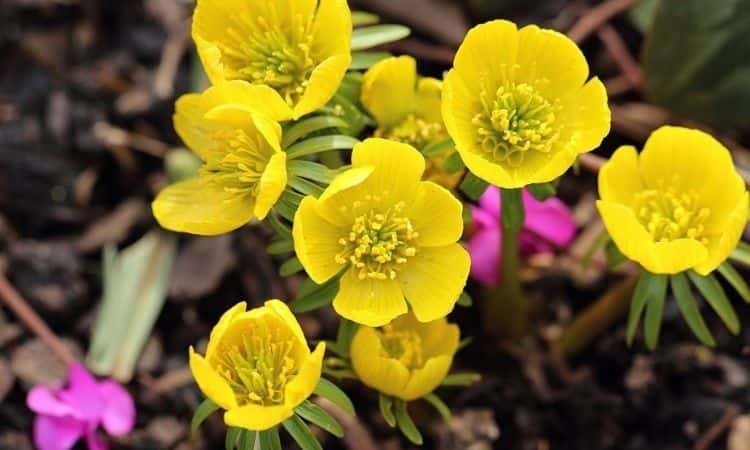
Insect-friendly summer flowers
In summer, a particularly large number of flowers are in bloom. Among the most important insect flowers are:
Knapweed (Centaurea montana)
With its long blooming period from June to October, knapweed is indispensable for many insects. Especially butterflies, but also bees and bumblebees like to use the plant as a food source.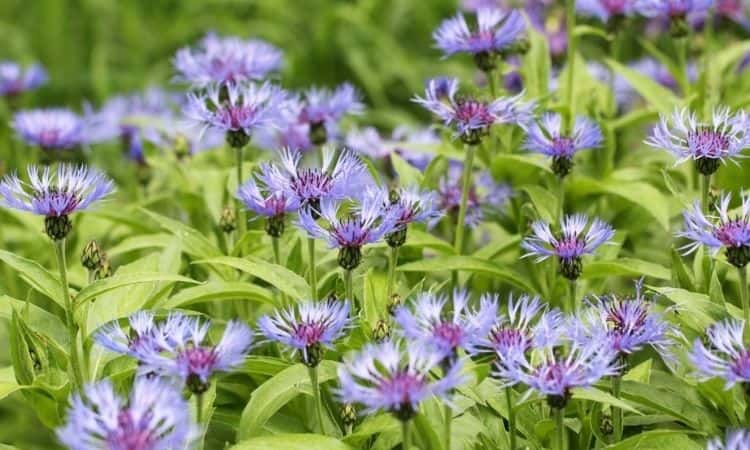
Bellflower (Campanula)
Bellflowers belong to the balcony flowers, which not only look beautiful but also form an important food source for insects. Numerous species of insects like to help themselves to the plant, scissor bees even specialize in them.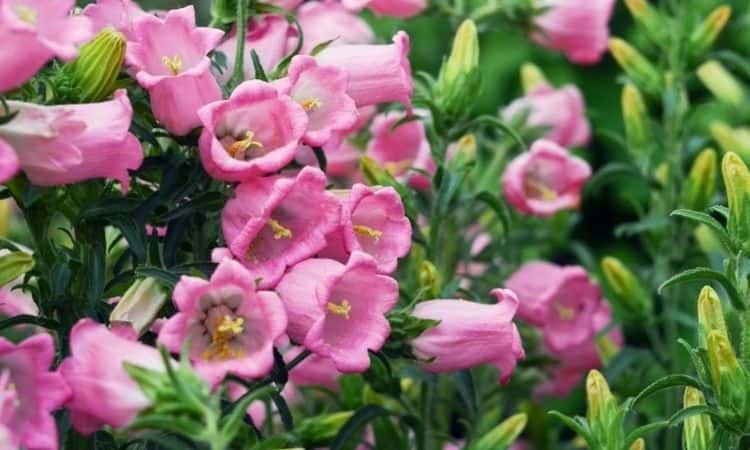
Cornflower (Centaurea cyanus)
With its high pollen and nectar content, cornflower is popular with many insects. In addition to butterflies, hoverflies, and bumblebees, honeybees are especially common guests on the cornflower.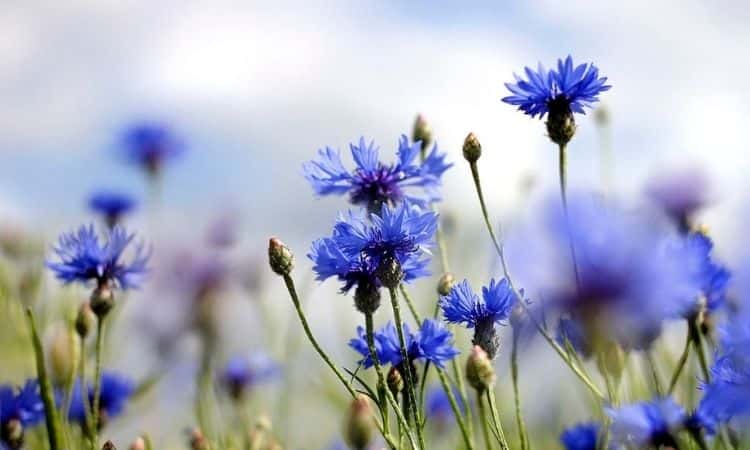
Maiden’s eye (Coreopsis verticillata)
Its extremely long and abundant flowering makes the maiden’s eye the favorite flower of many insects. But be careful: only unfilled varieties can reliably provide food for bees, butterflies.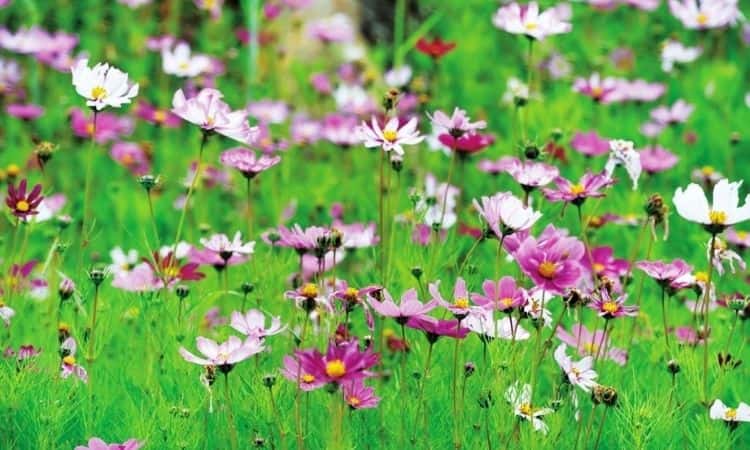
Purple coneflower (Echinacea purpurea)
As a flower for beneficial insects, the red coneflower is particularly popular with bees, bumblebees, and hoverflies. With its long bloom from May to October, the plant is especially valuable.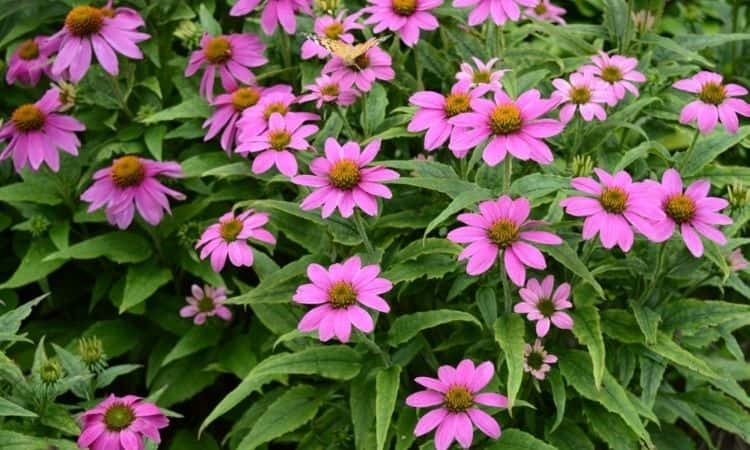
Vanilla flower (Heliotropium arborescens)
One of the most insect-friendly balcony plants is definitely the vanilla flower: when the sun shines, its scent attracts numerous insects, which provides a nutritious meal.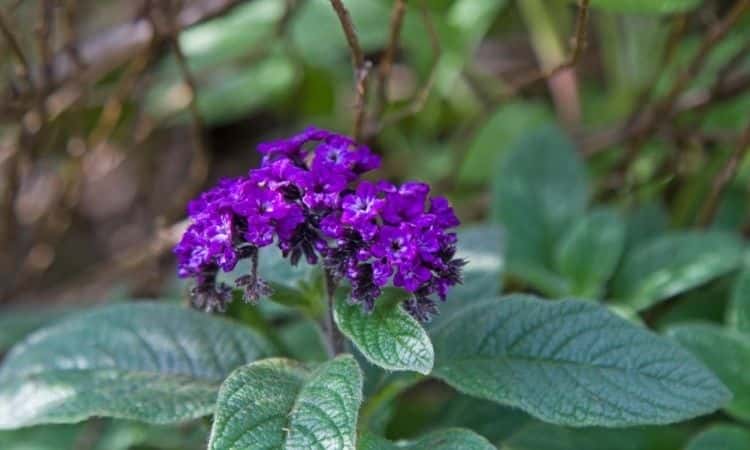
Viola
Not only people love the sweet scent of violets: especially early-flying butterflies like the thistle butterfly find a suitable food source in the plant.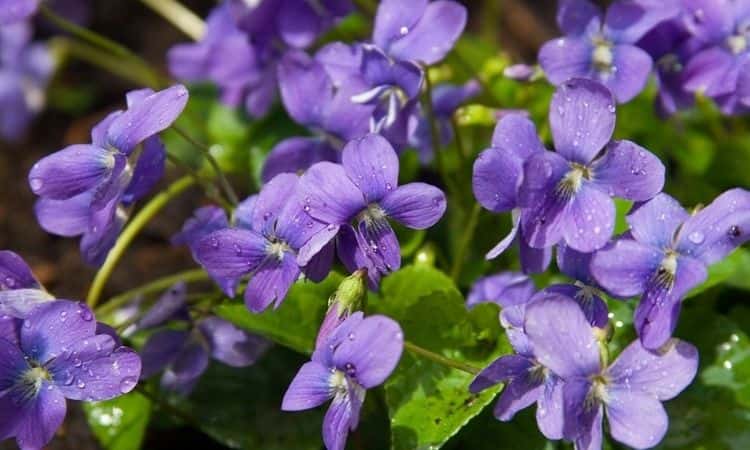
Zinnia
Unfilled zinnias are known as insect-friendly flowers for the balcony. Their bloom from July to October attracts numerous beneficial insects such as bees and bumblebees.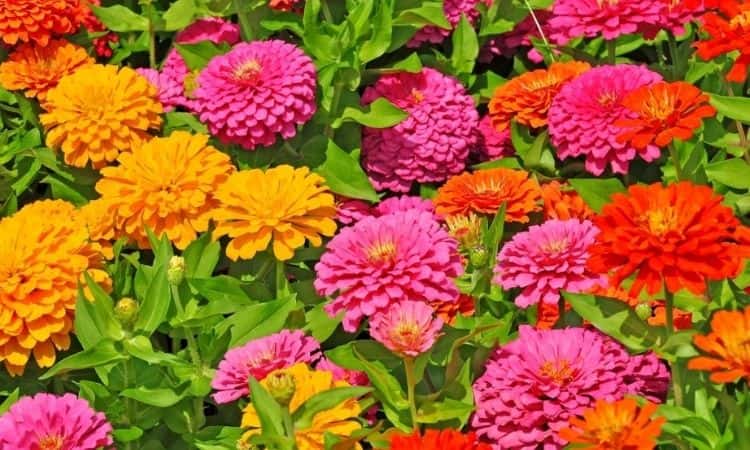
Insect friendly autumn flowers
Insect-friendly autumn flowers on the balcony and in the garden have special importance, as they are often the last source of food before winter. Among the most important are:Heather (Calluna)
With its late flowering, which goes from December to May depending on the variety, heather is an important plant for many insects. Butterflies in particular, as well as wild bees, enjoy using the heather.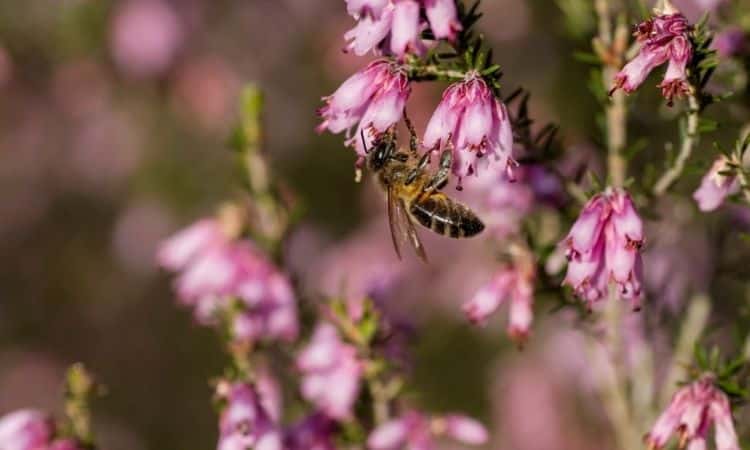
Autumn aster (Symphyotrichum)
Myrtle, cushion, or rough-leaf aster provide a rich buffet with their late-blooming in autumn, which is gratefully accepted especially by bees and bumblebees.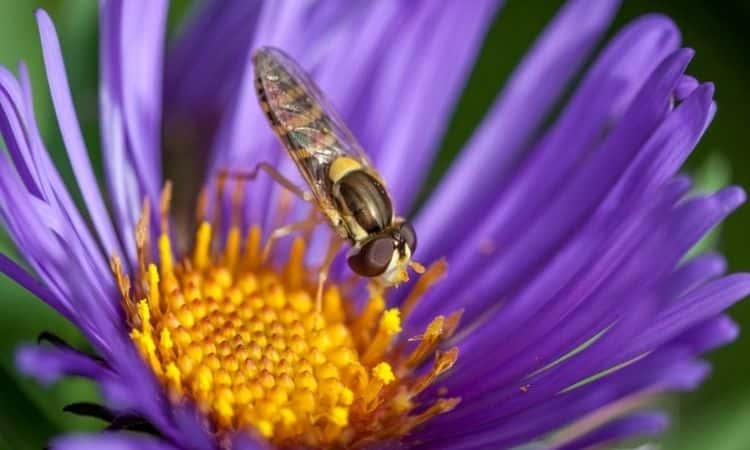
Autumn anemone (Anemone hupehensis)
With its late flowering, which lasts from August until October, the autumn anemone is one of the insect-friendly flowers. It provides them especially well with pollen, but it contains hardly any nectar.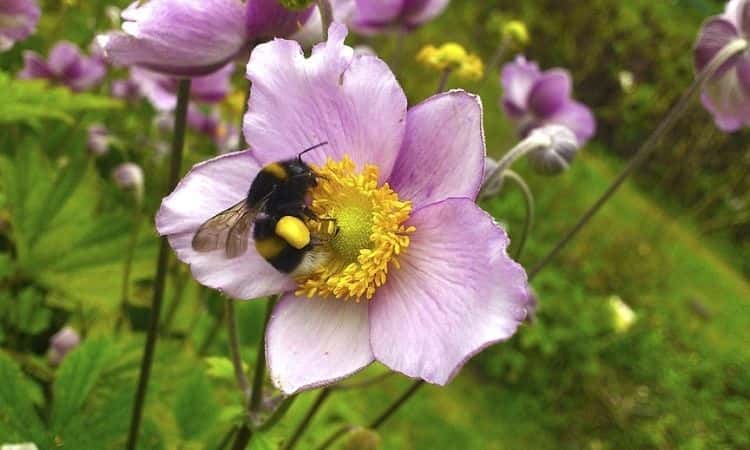
Unfilled dahlia varieties (Dahlia)
Dahlias are not known as insect-friendly flowers. However, if you choose an unfilled variety, the plant can become a real asset to bees and co. because it has an unusually long blooming period that lasts until the first frost.
Unfilled tagetes (Tagetes)
As an insect-friendly balcony plant, tagetes are known for their long flowering, which lasts until the first frost. However, only unfilled varieties can serve as pollen and nectar dispensers.